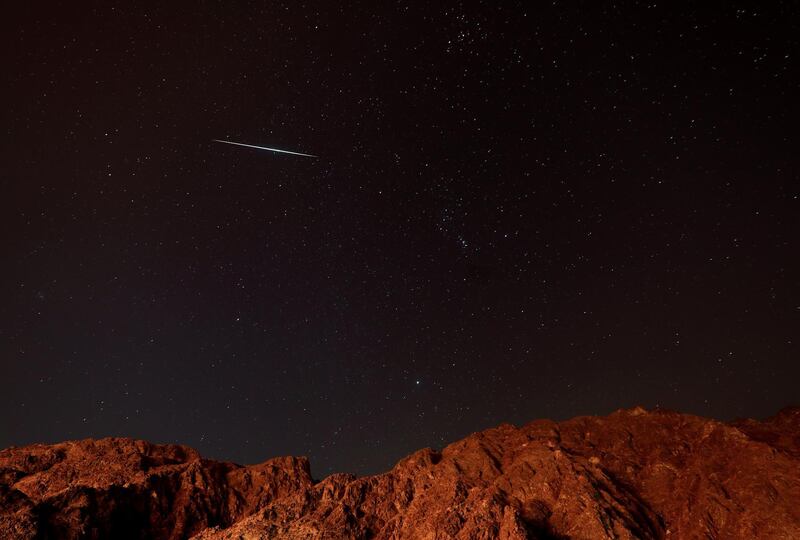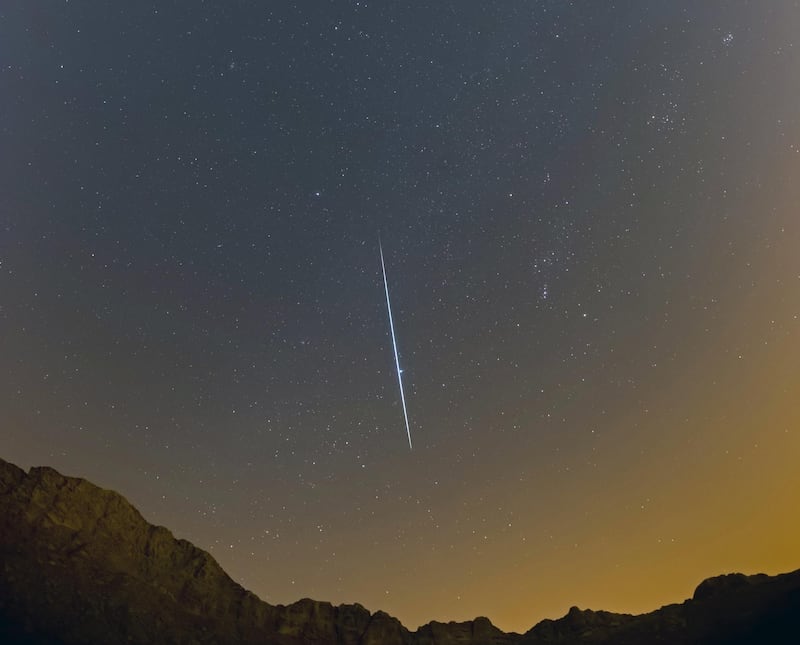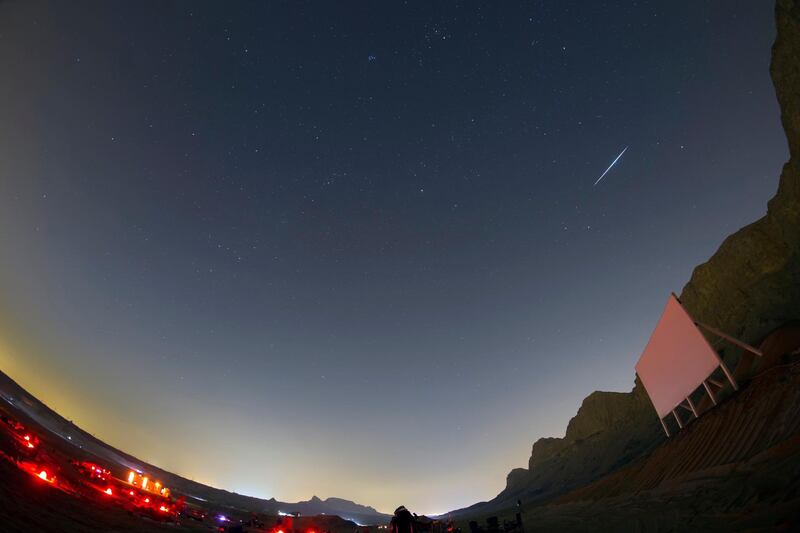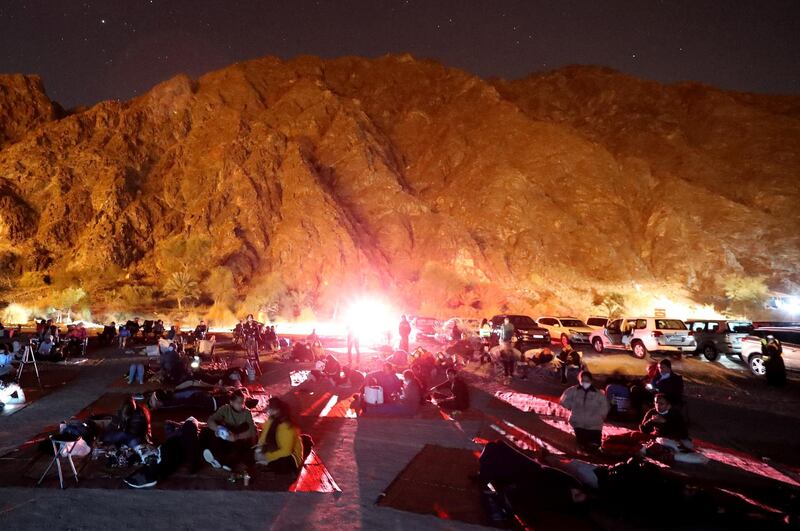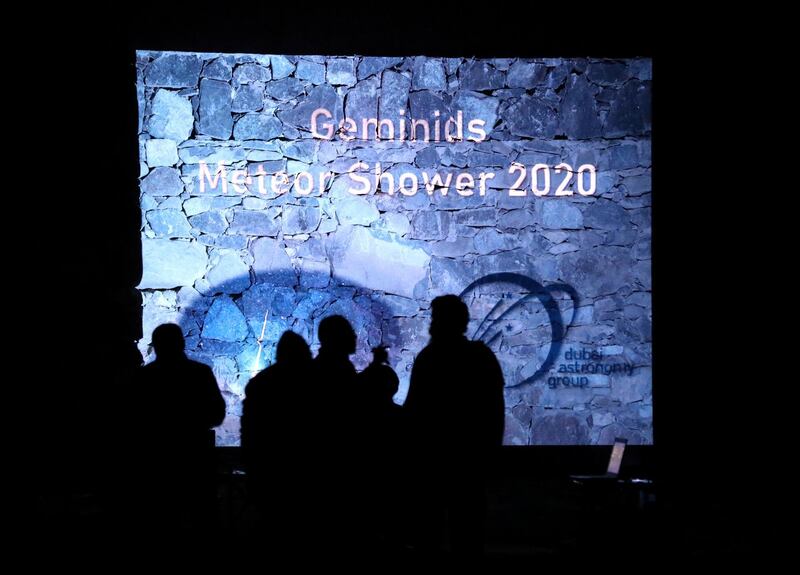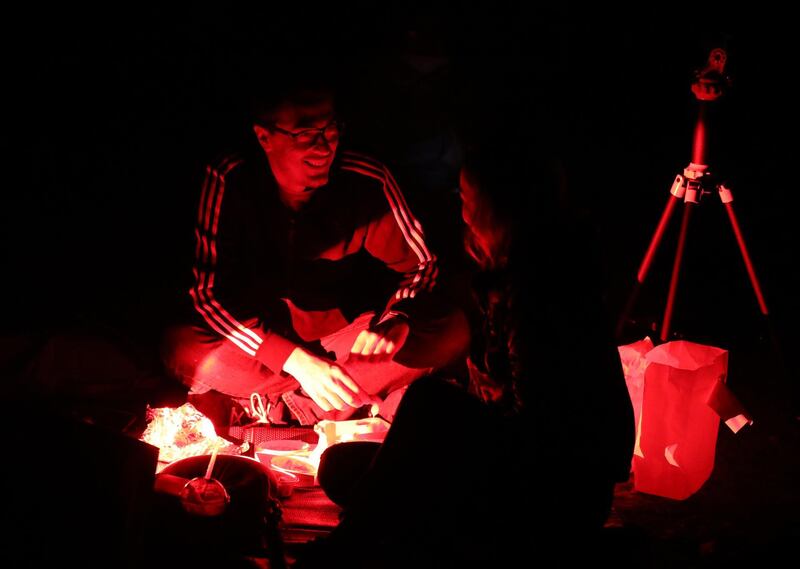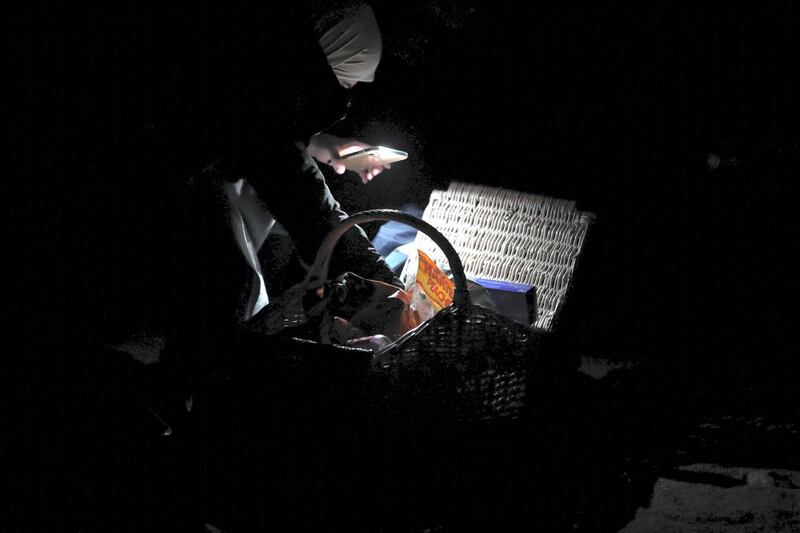One of the best meteor showers of the year will peak in UAE skies tonight.
Geminids are one of the most visible celestial events and put on a dazzling show if weather is favourable. They are the last meteor showers of the year.
The showers are active from November 19 to December 24 but will be at their most intense on December 14 and 15.
Viewing event in the Al Qudra desert
The Dubai Astronomy Group will host a viewing event in the Al Qudra desert on December 14. The event will take place from 8pm to 12pm and entry tickets are from Dh70 to Dh120.
“The Geminids are considered to be one of the most spectacular meteor showers of the year, with the possibility of sighting about 120 meteors per hour at its peak,” the astronomy group said.
“The shower owes its name to the constellation Gemini because the meteors seem to emerge from this constellation in the sky.
“Unlike most other meteor showers, the Geminids are not associated with a comet but with an asteroid: the 3200 Phaethon. The asteroid takes about 1.4 years to orbit the Sun.”
The group said that the meteors this year are not expected to be highly visible because of interference from the Moon.
There will also be several live streams of the cosmic event on YouTube by amateur astronomers and space observatories.
Quadrantids are the next meteor shower and will be visible in January.
What are the Geminids?
Up to 150 meteors are expected to be visible per hour, although the bright Moon might make it harder to spot them.
The Geminids originate from a rocky asteroid called 3200 Phaethon with a comet-like orbit and were first observed in 1862.
The meteors, small pieces of interplanetary debris, appear to radiate from near the bright star Castor in the constellation Gemini.
Friction with the upper atmosphere heats up the incoming debris, causing the air around to glow brightly.
This leads to streaks of light known as shooting stars. The Royal Observatory in Greenwich, London, says the Geminids are unusual as they can be multicoloured — mainly white, some yellow and a few green, red and blue.
These colours are partly caused by the presence of traces of metals like sodium and calcium, the same effect that is used to make fireworks colourful, experts at the Royal Observatory said.
The Geminids also have a slower closing speed than many other comets as they enter Earth's atmosphere at an angle, travelling at about 79,200 miles per hour.
In comparison, the Perseids approach Earth at about 214,300kph and the Leonids at about 260,700kph.
